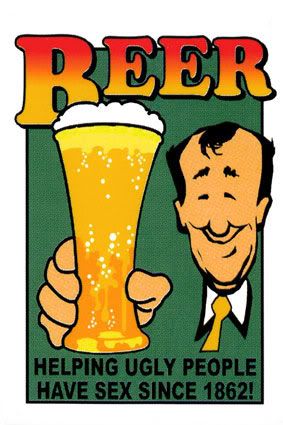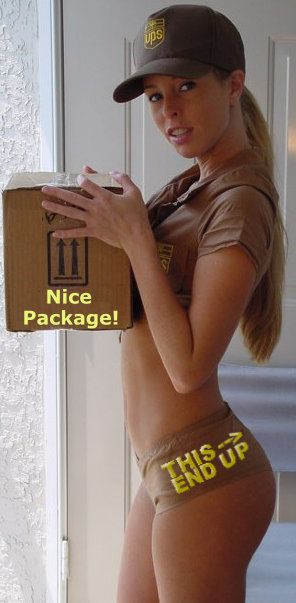About once a week, Michelle Valentine visits a favorite online auction site and either places a bid or puts something up for sale. But she's not visiting eBay. In fact, she's not even dealing in physical goods.
Valentine is a regular user of the auction feature in There Inc.'s online virtual world, or "metaverse." The feature helps thousands of There members move all manner of virtual goods they've created and is a prime driver in the development of a new and exploding economy.
"There's so much out there you can do with the auctions," she says. "There's a lot of creative developers out there doing things that I couldn't do, but I'm willing to buy" what they make.
In There, which is in public beta after years in stealth mode, members participate in a social 3-D world with the goal of meeting others, dressing stylishly, setting fashions and riding around in gravity-defying vehicles. They take part in a wide variety of activities, many of which would be popular in the real world if not for the limits of physics. One favorite is flying. Another is trying to make money.
"When people get together, one of the most fun things to do is congregate around the flea market," says There CEO Tom Melcher. "When you look historically at various virtual worlds or metaverses, the fact that they did not have (internal) economies was shocking and surprising to me. For us, it's sort of an obvious natural feature. It's sort of a requirement."
From the get-go, There players figured out how to use the game's development tools to create a vast marketplace of goods. As in the real world, goods -- clothing, racing buggies, hoverboards and other toys -- cost something to make and can be bought. And because many goods change hands rapidly, There's economy is humming.
When they join, members get a modest 10,000 Therebucks to spend. But many items fetch four figures, so the bankroll can evaporate quickly. When members want more, as they invariably do, they can earn it by, for instance, developing an apparel business, hosting events or working as in-world tour guides. Alternatively, they can purchase more Therebucks using U.S. dollars.
Players buy and sell things in several ways. Members run stores, There offers its own catalog and people sell to each other one-on-one. But perhaps the most popular, and most efficient, is the auction system, which is much like eBay.
"I think it's 60 to 70 percent of the total economy," says There's in-house economic analyst Bruce Boston. "It serves a number of purposes beyond sales. It's marketing, communications, branding ... and also an inventory-management system."
Boston began as a member. With years of financial experience working for companies like Toyota, Honda, Panasonic and Sony, he quickly developed a reputation in There's member forums as an economic sage. So There hired him.
Now, he spends his time as the Alan Greenspan of There's economy, analyzing its money supply and applying traditional economic theories. And it matters, because a big part of There's business model -- in addition to charging monthly fees -- is convincing members to fork over hard currency for more Therebucks. And they're doing it. Even before the official launch.
"We’ve been surprised by unbelievable enthusiasm," Melcher says, "and by the money that people are investing in the product with their credit cards. No one has ever gotten beta members to spend real dollars."
Friday, June 15, 2007
Subscribe to:
Post Comments (Atom)















No comments:
Post a Comment